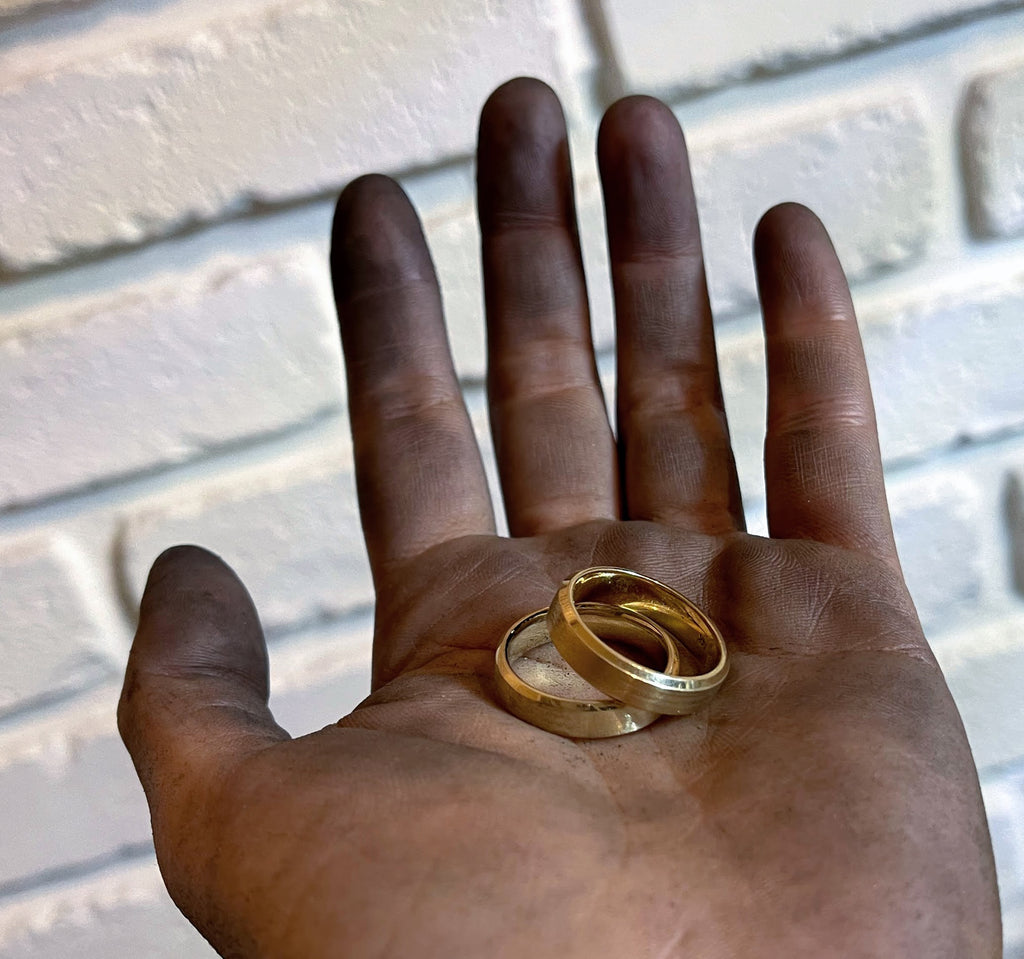Let’s talk about the term “handmade”. It is a description that you see thrown around a lot, when it comes to jewellery, including mass produced and machined items, such as chains, and cast or stamped pendants. One could argue that if an item passes through a set of hands and they work on it, that piece can be considered handmade. In the same way that FDA allows for the label, “made with real fruit,” to be added to packaging as long as there is a tiny bit of fruit, or fruit juice concentrate, on the ingredients list. It doesn’t even matter if the fruit included matches the flavour.
For us makers, we have discussed and debated terms like handmade, or handcrafted. We’ve made wry comments and vented our frustrations over the overuse and misuse of the word and discussed what we believe the “true” meaning to be. I have always thought that in order for an item to be truly handmade, it must be hand fabricated. This means that the item is created completely from metal sheet, and wire, without the use of wax, molds or casting. Oftentimes, even the sheet and wire is created by hand, by pouring metal ingots, then hammering, and rolling it. This hand fabrication process is done using hand tools and light machinery.
Good hand fabrication has always been viewed as superior to casting, because this hammering and rolling process creates a denser, stronger material, with no air pockets or porosity. In the past, waxes were exclusively carved by hand and then cast. For some, this was the preferred method. It was often faster than hand fabricating, and created less waste, resulting in lower costs. Today, technology continues to make jewellery making easier. My waxes are made using 3D printing and 3D CAD. This allows me to create renderings for my clients to view. The files are easier to modify, than hand carved waxes and designs can be fully approved before cash investments are needed. I tend to use the terms, “hand-finished” and “hand set” rather than ‘handmade,” because of the computer component of my custom process. So if that is my logic then, doesn’t that beg the question, “If the wax is hand carved and hand finished, is it considered handmade?” By my first response, my answer should be “No”, but I think distinguishing the something has been created completely by hand, without the aid of computers or heavy machine, is important, especially when so much is manufactured in larger companies and resold under the guise of “handmade”
Of course, this entire post and musing is for not, as Jewellers and other artisans, don’t have a governing body to decide what the term “handmade” means, and when it is allowed to be used. As a result, it is used a lot, and often incorrectly. This can be a struggle for makers, such as myself. The Covid Pandemic has us clumsily joining the digital marketing world to find that the words we pridefully use to describe our art form have been carelessly thrown around for the sake of marketing. So much so, that it has been stretched and diluted enough that it barely has any meaning at all. For those of you looking for something truly one of a kind, while still supporting local handmade, ask the right questions. There are many great marketers out there, but only a handful of true makers.

